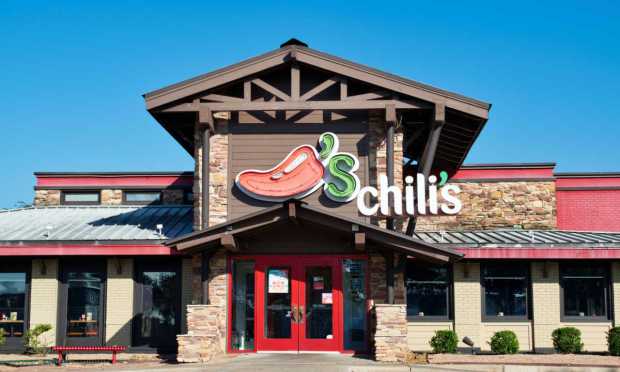Chili’s Pulls Back Coupons and Raises Prices Despite Consumer Trade-Down

Chili’s is raising prices, counting on loyal customers to step up as price-sensitive diners withdraw.
The casual dining giant’s parent company Brinker International shared Wednesday (Feb. 1) on a call discussing the company’s second quarter FY2023 financial results that traffic was down 6% year over year at company-owned Chili’s. Additionally, the decrease was even more dramatic relative to pre-COVID, though Brinker did not disclose the specific figure.
“Traffic is down a little bit relative to that pre-pandemic [in the] dining room obviously when you eliminate some of the discounting, that impacts [dining room traffic],” Brinker international CFO Joe Taylor said, referencing the company’s decision to pull back on deals and coupons.
Certainly, many consumers, motivated by price anxieties, are staying home instead of dining out. Research from PYMNTS’ study “Consumer Inflation Sentiment: Inflation Slowly Ebbs, but Consumer Outlook Remains Gloomy,” which drew from a survey of more than 2,100 consumers, found that 78% have been eating at home more often to save money amid inflation.
Yet, Brinker argued that the traffic decrease is worth it, given the positive effect that raising menu prices has had on profitability. Indeed, it seems the consumers who continue to dine out are willing to pay the premium for the experience. Even value menu customers are springing for more expensive options. The company’s CEO Wyman Roberts noted on the call that the majority of diners opting for Chili’s “3 for Me” value menu, which advertises its opening price point of $10.99, have been choosing higher-priced combinations.
“More than half of the ‘3 for Me’ menu is actually moving at higher price points — at the $13.99 and the $15.99 price points. In fact, over two thirds are moving at that,” Roberts said. “So, net what we’re seeing is the customers that continue to come are accepting the price increases.”
The news comes as restaurants remain split on how to handle inflation, with some, like Chili’s, raising prices and accepting that doing so may alienate some customers, and others leaning heavily on promotions to maintain engagement.
For instance, Starbucks recently made changes to its rewards offerings, making it more costly to earn many popular items and less costly to earn a handful of others, just months after competitor Dunkin’ made a similar modification, changing its DD Perks program to Dunkin’ Rewards and unveiling a new point structure that made it more difficult to earn popular items.
In contrast, others are doubling down on discounts in a move to hold onto long-time customers in spite of economic challenges.
“With some of the macroeconomic trends ahead, I think it would make sense if rewards programs started to become more generous, and more restaurants are participating in them,” Or’el Anbar, director of analytics at fast-casual chain Just Salad, told PYMNTS in an interview.
Across these different approaches to inflation, however, restaurants are largely in agreement that one area where they will not make sacrifices is in the taste of the food. Findings from the latest edition of PYMNTS’ Restaurant Digital Divide study, “The 2022 Restaurant Digital Divide: Restaurant Customers React To Rising Costs, Declining Service,” which draws from a December survey of a census-balanced panel of more than 2,300 consumers who regularly purchase food from restaurants, noted that only 16% have noticed lower quality food at restaurants.
In contrast, nearly half have noticed reduced hours or shuttered dining rooms, 34% have noticed longer order processing times, and 27% have noticed lower quality service.
“We’re focused on how we drive the better guest experiences, and the metrics show that the guest is responding to better service, better food, better atmosphere,” Taylor said.
